News
-
 Particle Physics
Particle PhysicsExotic particle packs a foursome of quarks
Tetraquarks could help physicists understand the universe’s first generations of matter.
By Andrew Grant -
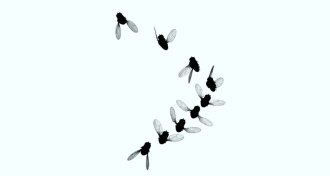 Life
LifeIn a crisis, fruit flies do stunt turns
An elaborate monitoring system reveals that fruit flies can execute sophisticated flying maneuvers in the face of danger.
By Susan Milius -
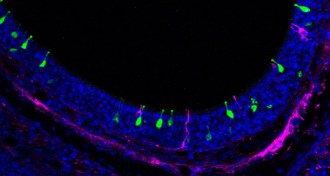 Neuroscience
NeuroscienceSmell wiring gets set early
Mess with a baby mouse’s olfaction for too long and neurons never recover.
-
 Astronomy
AstronomyNeutrinos from space rain down from all directions
Using Earth as a filter, scientists detect thousands of neutrinos from beyond the solar system.
By Andrew Grant -
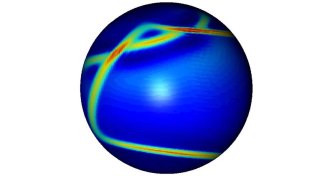 Earth
EarthTiny minerals may have shaped Earth’s first plate boundaries
Simulations link weakened rock minerals to the origin of plate tectonics on Earth.
By Naomi Lubick -
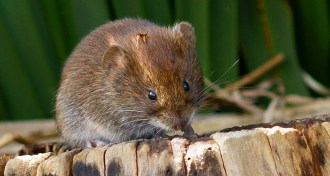 Genetics
GeneticsBank voles provide clue to prion disease susceptibility
A protein from bank voles makes mice susceptible to disorders that wouldn’t otherwise infect them.
-
 Planetary Science
Planetary ScienceSubsurface sea hides below ice of Saturn moon
Astronomers add to evidence for a subsurface ocean on Enceladus using subtle variations in the moon’s gravity.
-
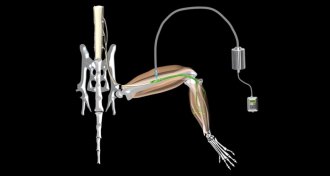 Neuroscience
NeuroscienceParalyzed mouse legs move with burst of light
Neural patch makes leg muscles twitch in paralyzed mice when blue light shines.
-
 Anthropology
AnthropologyBronze Age herders spread farming around Asia
Ancient seeds indicate that Central Asian animal raisers had an unappreciated impact on early agriculture.
By Bruce Bower -
 Genetics
GeneticsNeandertal legacy written in Europeans’ fat metabolism
DNA inherited from Neandertal interbreeding may have helped people adjust to Europe’s environment.
By Meghan Rosen -
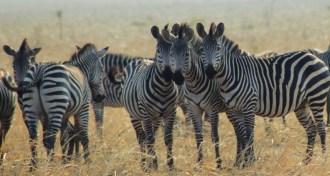 Animals
AnimalsZebra stripes may be mainly defense against flies
The function of zebra stripes may not be for camouflage or cooling, a new analysis finds.
By Susan Milius -
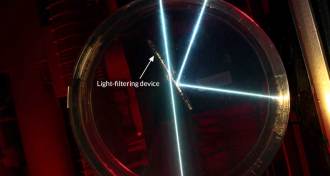 Materials Science
Materials ScienceLight filter lets rays through from only one direction
Angle-sensitive light filter could improve photography, telescopes and solar energy harvesting.
By Andrew Grant